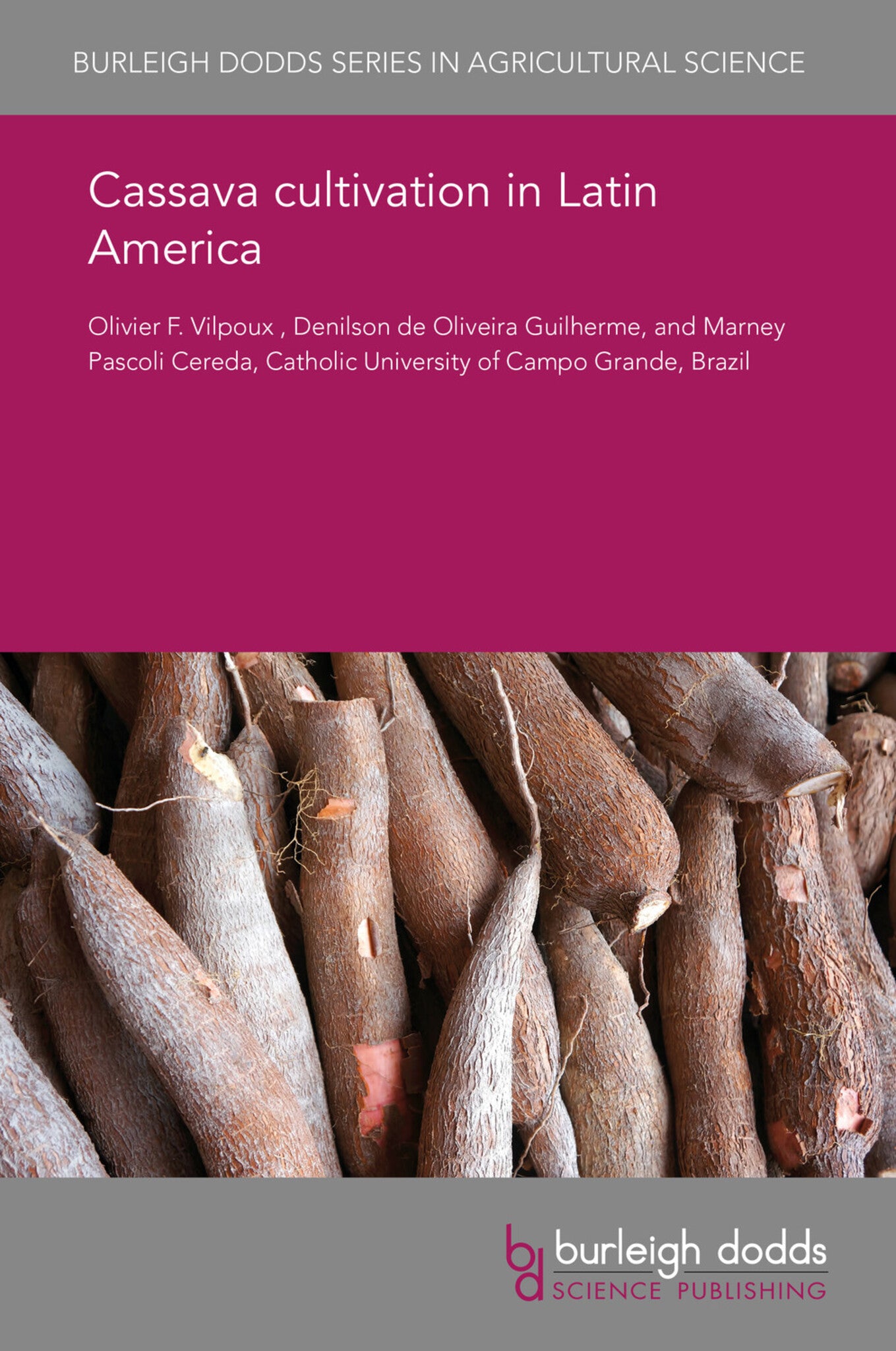We're sorry. An error has occurred
Please cancel or retry.
Cassava cultivation in Latin America

Some error occured while loading the Quick View. Please close the Quick View and try reloading the page.
Couldn't load pickup availability
- Format:
-
12 July 2017


TECHNOLOGY & ENGINEERING / Agriculture / Tropical Agriculture, Tropical agriculture, TECHNOLOGY & ENGINEERING / Agriculture / Agronomy / Crop Science, TECHNOLOGY & ENGINEERING / Agriculture / Sustainable Agriculture, Sustainable agriculture, Agronomy and crop production

1 Introduction 2 Global and Latin American approaches to cassava production 3 Cassava competitiveness in Latin America 4 Boosting cassava production in Latin America 5 Improving the Latin American starch industry 6 Brazilian cassava flour (farinha) 7 Consumption of boiled and fried cassava 8 Future trends: cassava for animal feed 9 Where to look for further information 10 References



